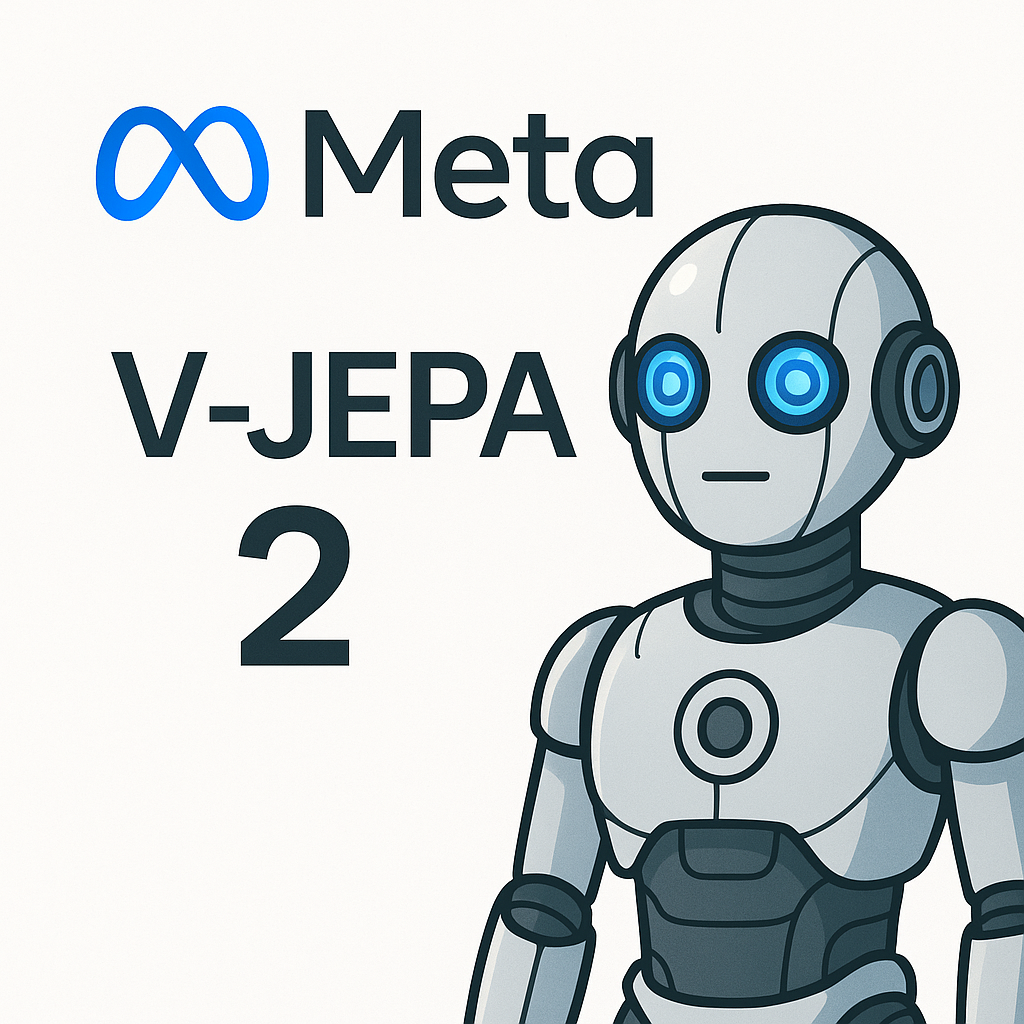Medium
4w
262

Image Credit: Medium
V-JEPA 2: How Meta’s New AI Model Teaches Robots Real-World “Common Sense”
- Meta has introduced V-JEPA 2, a new AI world model aiming to improve robotics and machine intelligence by enhancing real-world 'common sense.'
- AI historically struggled with physical intuition, excelling in text and image recognition but lacking in real-world application.
- V-JEPA 2, or Video Joint Embedding Predictive Architecture 2, is Meta's latest AI model geared towards enabling robots and AI agents to comprehend and predict real-world scenarios.
- Unlike previous models requiring extensive labeled robot data, V-JEPA 2 learns from vast amounts of internet video and can adapt to robot tasks with minimal additional training.
- The model aims to bridge the gap between AI perception and real-world action by enhancing common sense reasoning.
- V-JEPA 2's ability to learn from internet videos allows it to possess a broader understanding of real-world scenarios without the need for extensive manual labeling of data.
- This new AI model holds the promise of empowering robots and AI agents to not just see the world but also understand and predict events within it.
- V-JEPA 2's innovation lies in its capability to leverage internet video data for training, making it more versatile and adaptable in various robot tasks.
- The deployment of V-JEPA 2 represents a significant advancement in enabling AI to navigate and make sense of real-world situations, marking a shift towards bridging the gap between AI perception and real-world application.
- The implications of V-JEPA 2 extend beyond enhancing robotics and machine intelligence, as it holds the potential to revolutionize AI applications across various industries.
- The introduction of V-JEPA 2 signals a profound step forward in the evolution of AI capabilities, particularly in the realm of common sense reasoning and real-world adaptability.
Read Full Article
15 Likes
For uninterrupted reading, download the app